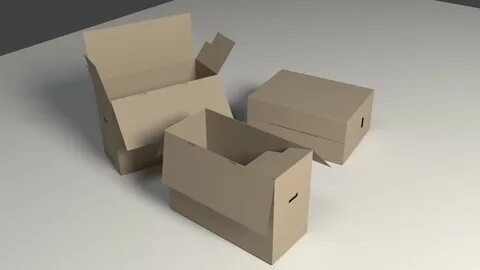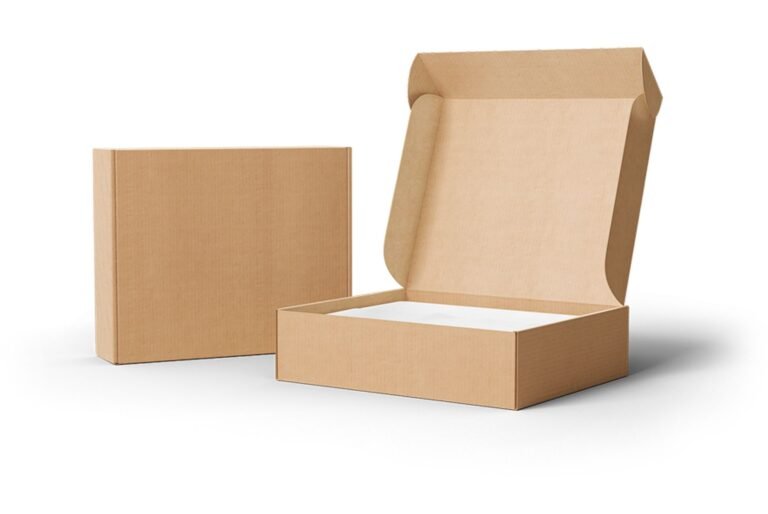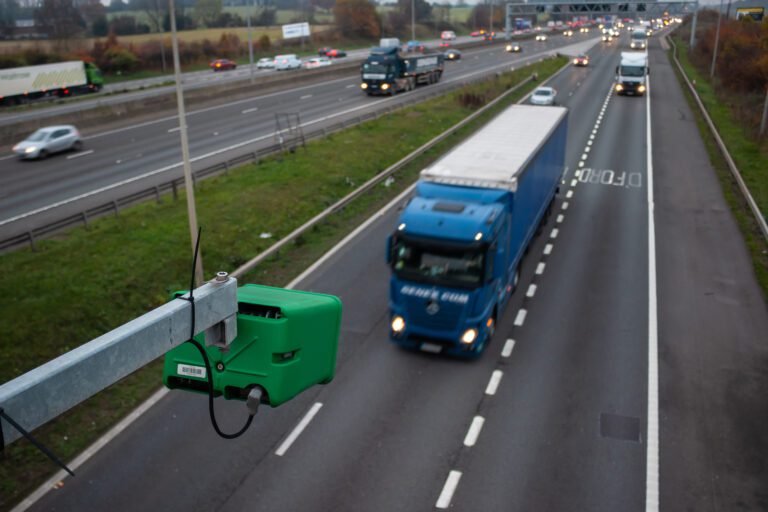Process of Forming Custom Rectangular Boxes Die-Lining
Custom rectangular boxes are crucial for packaging across many sectors in the marketplace today for different kinds of businesses. These boxes are appropriate for product display, and shipping gifts as they provide versatility and beauty. The procedure of manufacturing these boxes is very elaborate and die-lining is an important stage.
Die-lining provides accuracy, repeatability and all match sizes which offers the ability of the packaging to stand out while protecting the products. In this blog, I’ll explain how to die-line a custom rectangular box in stages, so you can appreciate all the most important stages in producing quality packaging.
Introduction to Die-Lining in Packaging
Die-lining is the art of working out the actual cutting plan as well as the folding and assembling of the packaging box. In the case of the custom printed rectangular boxes, this process hence requires developing a die-line that is the guide used by the machines to cut the cardboard or paperboard to the right shape. The box should be properly die-lined so that it fits conveniently and offers a suitable place to accommodate your product. If the die-line is not well designed, the box might get deformed and compromise the use of the box and the safety of the product enclosed.
Select the Appropriate Material for Your Boxes
However, you must evaluate the sort of material that you will want to use in the die-lining process for your custom rectangular packaging boxes. Selecting this material has some specific consequences on the development of boxes and their strength, segmentation, and wear-faced reality. The materials that can be used for making rectangular boxes are kraft paperboard, corrugated cardboard or cardstock. They do this because every material has its advantages when it comes to the purpose of packaging. For instance, kraft paperboard is essential when it comes to environmentally friendly packaging, and corrugated cardboard is the best in case one wants to package heavy products.
Design the Box Dimensions
The following procedure when developing custom rectangular boxes is determining the size of the box. This involves getting to decide on the length, width, and also height taking into consideration the size of the product you are packaging. Take into account any additional space that may require padding or insertion safely hold your product into place. The measurements have to be precise for the box to not only be useful but also look good. These may have to be fine-tuned concerning one’s design and protection needs.
Create a Die-Line Template
When the dimensions are solidified, the next implementation is a die-line template in the making. This is accomplished in design software specifically designed for such a purpose where these dimensions are then converted to the actual shape and layout of the box that is most suitable for cutting, folding and gluing. It has cut lines, crease lines and fold lines to help the manufacturing persons to know how the final product will look like. In this case, all the openings must be provided in the design, which will make the box well-glued to close tightly. When cutting a template, the fit must be very accurate because the template has to fit the box’s material perfectly.
Add Branding Elements and Logos
Custom packaging also involves branding and this can be well promoted by rectangular boxes with logos to offer improved sighting of the brand. During the die-lining process, it is also possible to add your logo, brand colours as well as other images let alone product details or instructions. One should note that to see the designed prints or logos, they should be oriented properly within the construction of the box if constructed. The artwork should be in such a way that it is easily printable to avoid losing the aspect of quality as well as colour.
Review and Test the Design
Once the die-line template has been developed it’s time to evaluate the design. It is an important task in making certain your custom rectangular boxes have the proper functionality and flattering appearance. A fitting, functioning, and appearance sample should be made to give a prototype or a sample. Check whether they are folded properly, the fabric retains the shape and the box fits properly. We need to examine prototype samples to see if any concerns may come with the large-scale production.
Final Production and Assembly
Once the design of the die-line is done and testing is carried out the die-line template is forwarded for production purposes. The die-line is employed in cutting and folding the custom boxes simultaneously in a wholesale process by the machines. In this stage, the chosen material is shaped into definite forms while the boxes are shaped and glued. Thereafter, the branding elements are engraved on the boxes and then the outcomes such as the coatings and the embossing are performed. Lastly, the boxes are in a state where they can be used or shipped, giving your products well-built packaging.
Conclusion
Custom rectangular box manufacturing takes many precise steps, with die-lining as one of the critical processes. The design and selection of materials up to the construction and final tests represent some of the key factors in bringing an efficient and beautiful box to the market. Following these simple instructions, you can easily design your unique rectangular packaging boxes that both shield your product and enhance your brand image. When used for retail purposes, in shipping or during events, custom boxes can be a great way to make a business unique in the competitive market.






